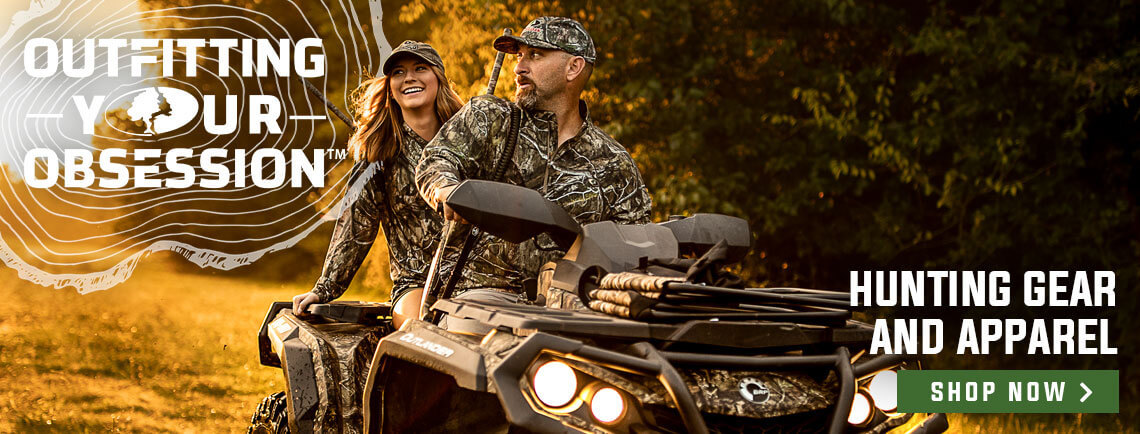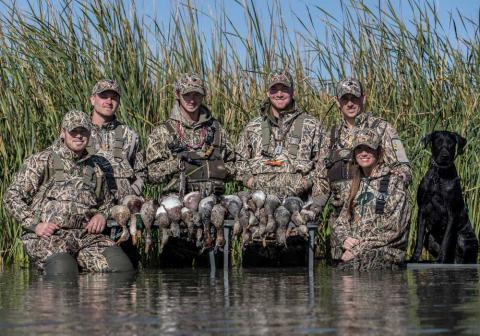Heath Wood
Most hunters search for a dynamic key that will give them an edge to become better predator hunters. In the opinion of many veteran predator callers, most will agree that simply making more calling stands will end with more dead coyotes.
Before I continue, it is important to point out that making more calling attempts doesn't mean, go anywhere and hunt. It means that making more quality attempts can be vital to success. It is still crucial to make quality stands when calling coyotes into shooting range.
Having land to hunt on is imperative to create more attempts at calling in coyotes. Yes, we all enjoy hunting private land and having everything to ourselves when hunting; however, one must also hunt public land to boost calling opportunities. Many predator hunters will state that they prefer hunting public land because of the excellent success it can produce. Yet, there are those who steer away from public land, because it can be challenging and coyotes are harder to call into range. The truth is, they are both right. Public land hunting can produce great calling opportunities. Nonetheless, it can be challenging if not approached correctly. Below are three tactics for hunting public land coyotes, resulting in a more prosperous harvest.
Stand Approach
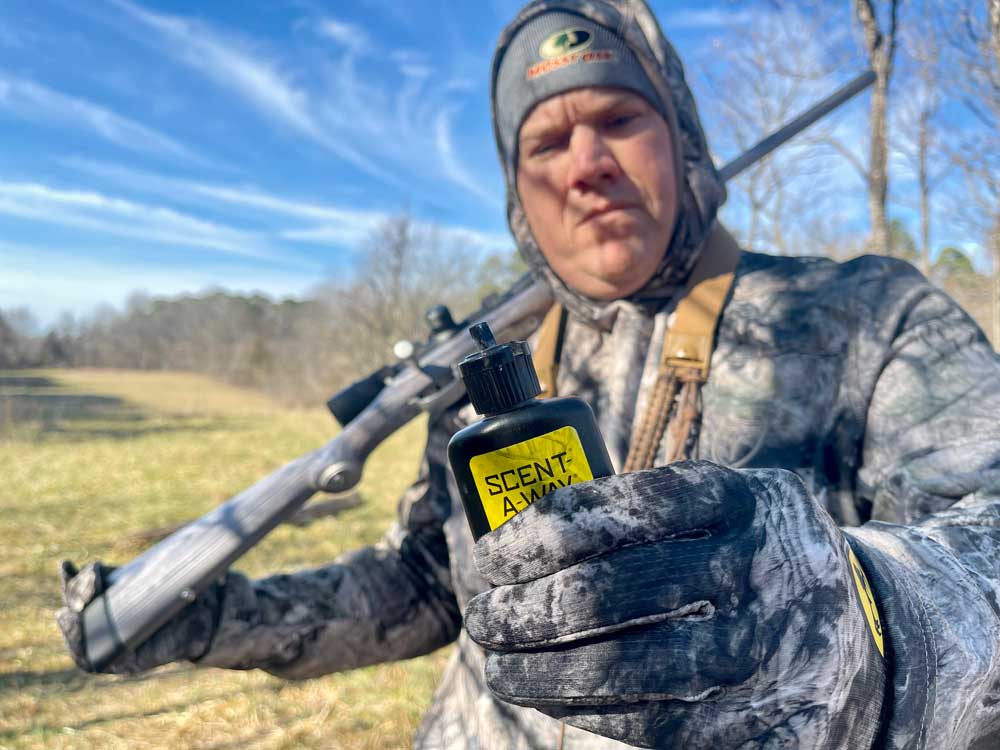
When discussing free land for anyone, it is a safe assumption that it is often hunted. When an area is hunted repeatedly, coyotes become familiar with how hunters enter and exit an area. Coyotes begin to recognize sounds and smells that represent human danger, and they often visually encounter humans from a distance without the hunter ever knowing they are around. When hunters hunt in the area with no response to the call, they assume there are no coyotes in the area or are too hard to hunt.
To avoid coyotes becoming call shy and too pressured to hunt, pay attention to how the calling area is approached. One of the most prominent mistakes hunters make is letting coyotes know they are in the area before they even begin to call. It is vital to enter the area to be hunted following wind direction, either in the face or with a crosswind that carries the scent away from the area. If a coyote smells human scent before the hunter sits down, they will be long gone from the area without the hunter even aware that it was nearby. The same goes for their eyesight. It is also essential that you enter the area without being seen from a distance. Walking below the skyline of the terrain can prevent being seen from a distance. Other ways to avoid being seen include walking in the shade to help break up your outline and using landscapes such as rocks, hillsides, or timber to help conceal your presence.
Go Where Others Don't
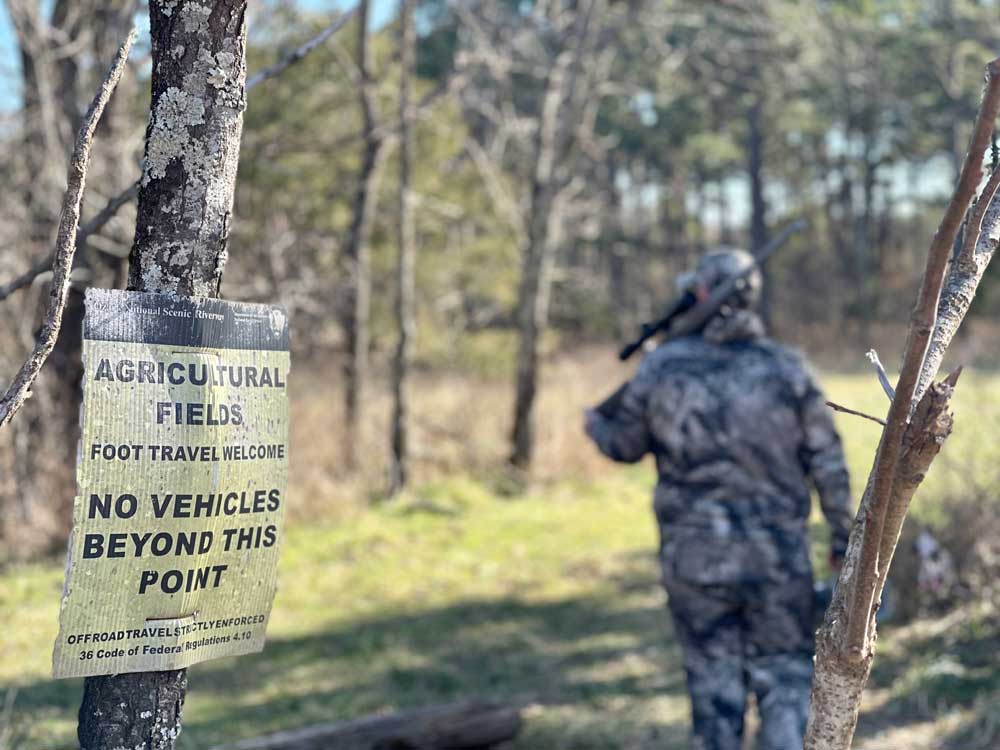
One of the most important keys to hunting is to scout thoroughly before. To scout doesn't always mean looking for the signs of the animal to be hunted. When scouting public land for coyote activity, I look for the common signs, such as tracks, droppings, and encountering coyotes themselves. When scouting public land for coyote hunting, I look for ways to approach specific areas where the best places to call will most likely be, and I look for the signs of other hunters in the area.
When scouting for other hunters, I look for footprints that have walked in or out of an area. I also look for tire tracks to see where vehicles may have traveled while in an area hunting. These two signs of other hunters tell me that the coyotes in that area have most likely been hunted. When I find signs of other hunters in the area, I try to go where I think other hunters likely wouldn't. I venture too hard to get to areas with rough terrain or require walking a longer distance. These areas can produce better results due to less pressure from other hunters.
Advanced Calling
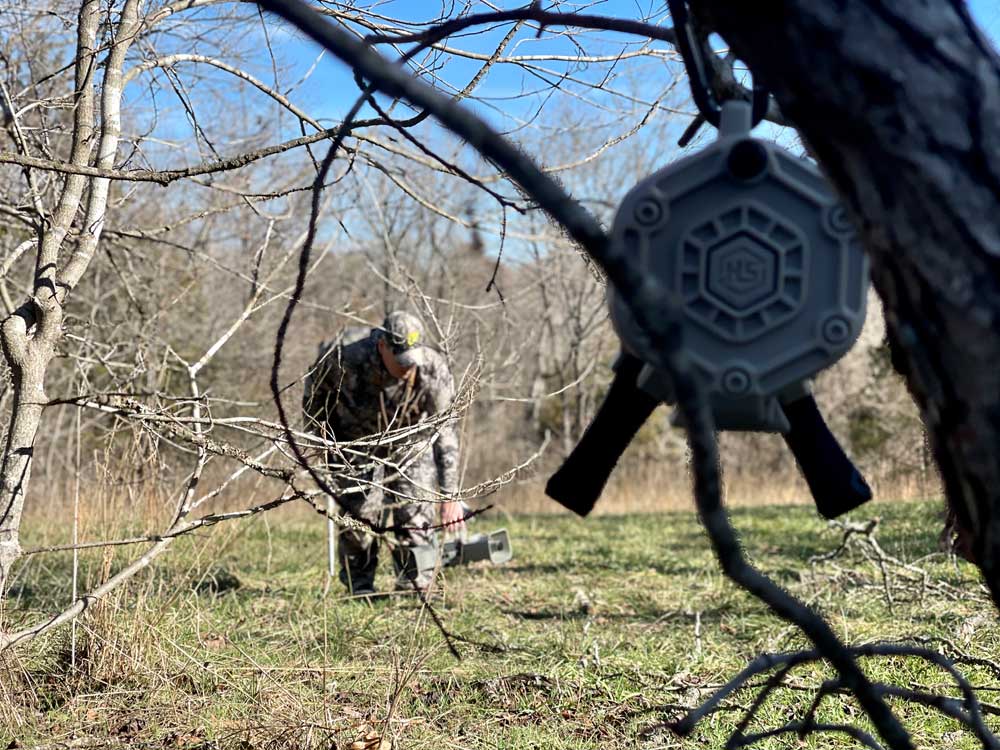
Another common mistake from hunters trying to call coyotes on public land is their choice of sounds used when calling. Most predator callers use the sound of a distressed rabbit or other types of prey to trigger predators to respond. A distressed prey sound is the most used because it works. However, when coyotes hear the same sound from every hunter who tries to call at them, they begin to question the authenticity of the sound, resulting in a hesitancy to respond.
When calling to coyotes that are hunted often, it is wise to step up your game when choosing what sounds to use and how you present those sounds. I often incorporate coyote vocals into my calling sequences when calling to pressured coyotes. Adding a few lone howls at the beginning of a calling stand symbolizes the presence of other coyotes in the area. When a coyote hears another coyote in the area, it triggers curiosity, realism, urgency, and most importantly, it triggers the territorial instinct that coyotes are known for having. When these traits have been established, the realism overshadows the delay a coyote might have when calling.
Adding occasional coyote vocals to a calling sequence is excellent to add realism. Another way I create realism is by using two electronic callers simultaneously to symbolize two coyotes communicating back and forth. Often, when wanting to sound like two coyotes, I use my FoxPro X Wave Electronic caller as my primary source of the sound. I follow it up by playing a few lone howls from the X Wave that sits 40 to 50 yards in front of me. Approximately 20 yards from the X Wave, I use the Johnny Stewart Executioner Electronic Caller, a smaller unit that I can hang in a tree limb or from a fence post. After making a few howls from the X Wave, I answer back by playing another howl from the Johnny Stewart call.
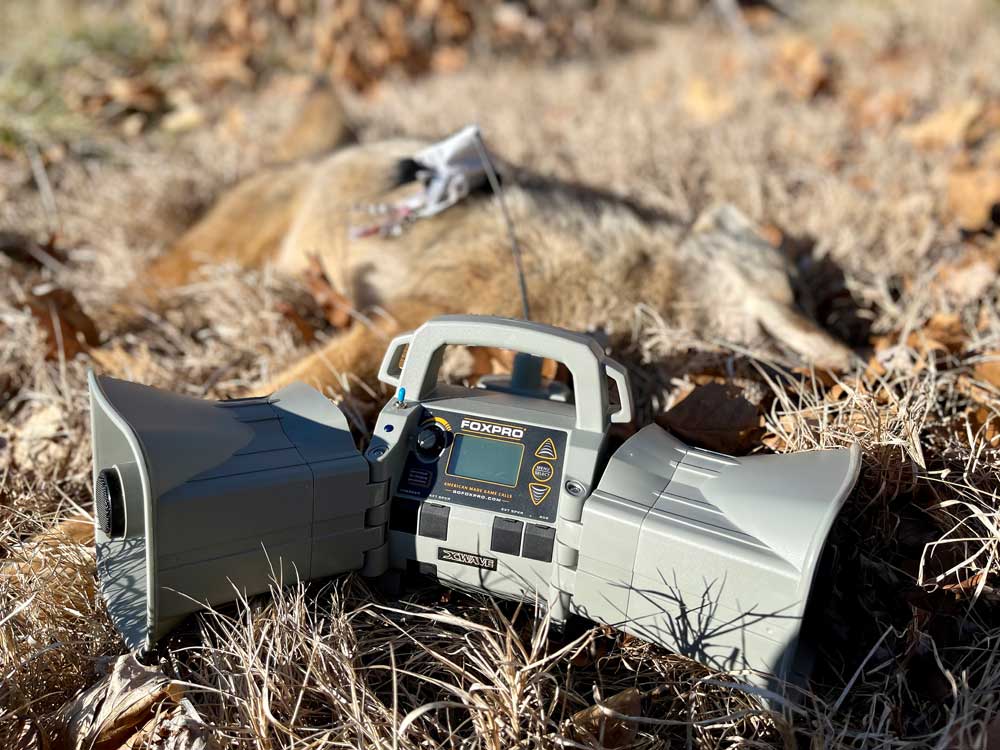
Using two different callers, I add the realism of two coyotes in the same area, creating a scenario in a coyote's head that fuels him to come to see what is happening. Using two separate callers can also create fighting sounds between two coyotes or sound like a coyote fighting over a distressed rabbit. The goal is to create genuine sounds that paint the picture and make coyotes want to come running.

